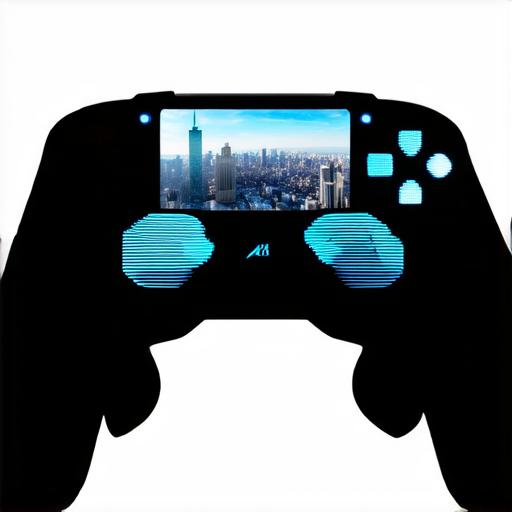Corrected HTML code:
Understanding the Basics of AR Development
Augmented reality (AR) is a technology that allows digital objects to be superimposed onto real-world environments. It’s being used in many industries, including gaming, marketing, and education. If you want to create your own AR app, this guide will help you get started.
What is AR?
AR is a technology that creates an interactive overlay of digital information on top of the real world. This can be anything from virtual objects to animations to video projections.
What are the requirements for AR development?
To create an AR app, you will need:
- A mobile device with a camera
- An AR development platform or engine (such as Unity or Unreal Engine)
- 3D modeling software (such as Blender or SketchUp)
- Programming skills (such as C or JavaScript)
What are the different types of AR?
There are two main types of AR:
Marker-based AR – This type of AR uses a physical object, such as a marker or QR code, to trigger the digital overlay.
Markerless AR – This type of AR doesn’t use any physical objects and instead relies on computer vision algorithms to recognize the real world environment.
Getting Started with AR Development
Step 1: Choose your AR development platform or engine
There are many different AR development platforms and engines available, each with its own strengths and weaknesses. Some popular options include Unity, Unreal Engine, Vuforia, and Wikitude. Research each platform and choose the one that best fits your needs.
Step 2: Create your 3D models
Using 3D modeling software, create your digital objects and animations. Make sure they are optimized for AR and can run smoothly on a mobile device.
Step 3: Write your code
Using the programming language of your choice (such as C or JavaScript), write the code that will bring your AR app to life. This includes everything from handling user input to rendering 3D objects in real-time.
Step 4: Test and refine
Test your AR app on a mobile device and make any necessary changes based on user feedback and performance issues.
Case Studies: Real-World Examples of AR Apps
IKEA Place
IKEA Place is an AR app that allows users to see how furniture would look in their home before they buy it. The app uses markerless AR to track the real world environment and place virtual objects in the correct locations. This has helped IKEA increase sales and reduce returns.
Pokémon Go
Pokémon Go is a popular AR game that has captured the attention of millions of people around the world. The app uses marker-based AR to superimpose virtual creatures onto real-world environments, such as parks and streets. This has created a new way for people to engage with the Pokémon franchise.
Snapchat Filters
Snapchat filters are an example of markerless AR that allows users to add digital effects to their photos and videos. The app uses computer vision algorithms to recognize the real world environment and superimpose digital elements onto the image or video.
How to Optimize Your AR App for Search Engines (SEO)
Keyword research
Research keywords related to your AR app and include them in your app’s title, description, and meta tags. This will help people find your app when they search for related terms.
Optimize your images and videos
Make sure your app’s images and videos are optimized for search engines by including relevant keywords in the file names and alt tags.
Build backlinks
Building backlinks from other high-authority websites will help improve your app’s search engine rankings. Reach out to relevant blogs and websites and offer to guest post or provide a link to your app in exchange for a link back to your website.

Monitor your analytics
Monitor your app’s analytics to see how people are finding your app and what keywords they are using. This will help you optimize your SEO strategy and improve your search engine rankings.
